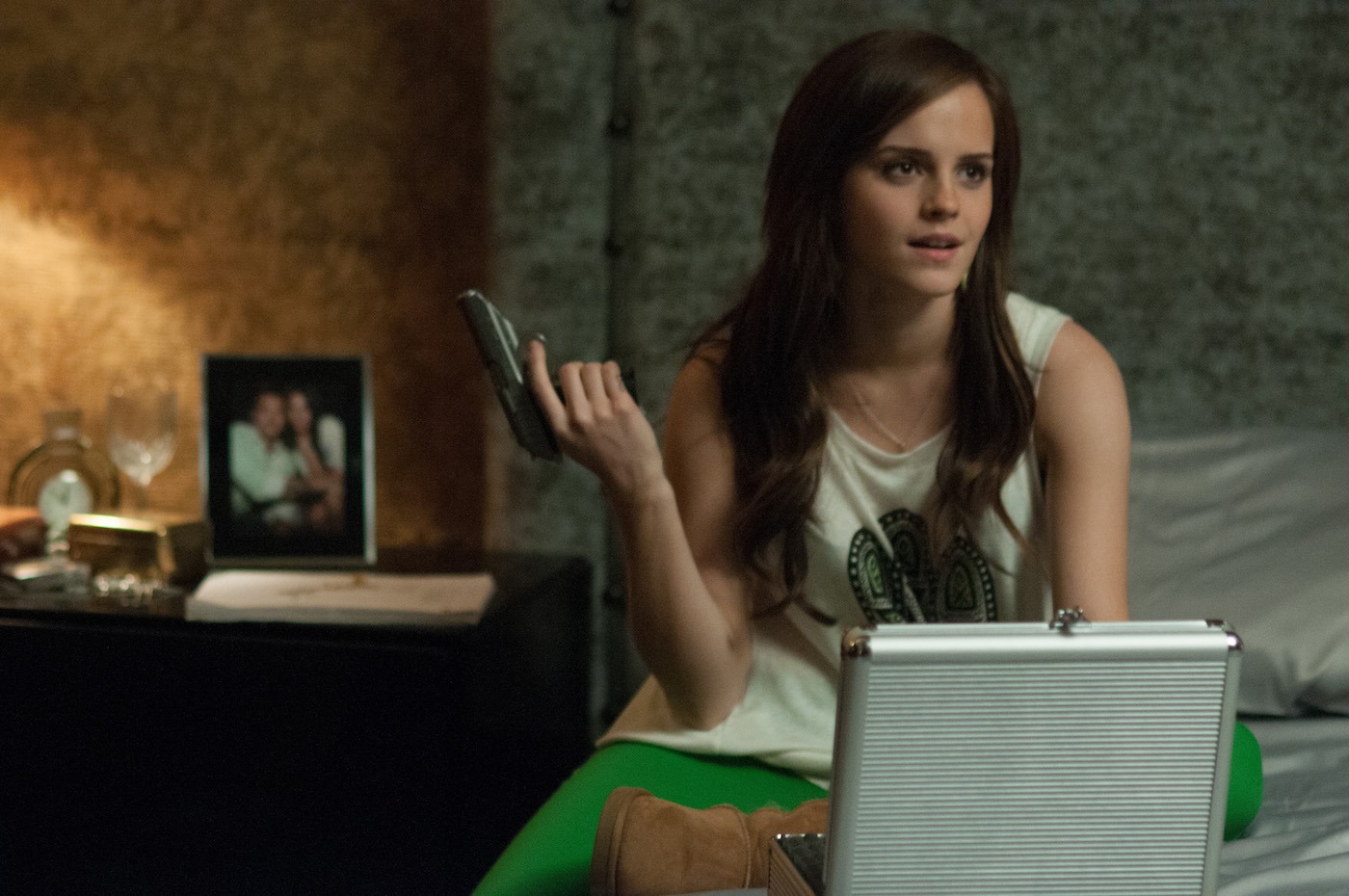Five Films From… Sofia Coppola
When the surname ‘Coppola’ is mentioned in conversation, there are several films and indeed directors which will inevitably follow. Often it is the likes of Francis and The Godfather trilogy, or occasionally Roman and his influence on the likes of Wes Anderson’s Moonrise Kingdom, or The Darjeeling Limited. The works of Sofia Coppola, in contrast, are often forgotten or relegated to disparaging discussions of ‘chick flicks’ in the early 2000s. However, characterised by the use of a striking colour palette, characters gazing out of car windows into a dreamlike cityscape, or a young protagonist exploring the mercy of a melancholy world, Sofia Coppola’s work has a directorial style that has remained recognisable across the last two decades. Here are five noteworthy examples:
The Bling Ring (2013)
Coppola’s fluidity across genres and structural styles are most evident in this 2013 satire/comedy based around the real-life Californian crime ring of the same name. Through a selection of montaged club sequences and a heavy layer of satire, we are introduced to the gaudy, part-mad world of LA and the escapades of its teen inhabitants in a manner that is as ridiculously over the top as it is entertaining. Although the actual ethics of romanticising and rewriting acts of true crime remains uncertain, what is certain is that The Bling Ring succeeds as a time capsule of the mid to late ‘00s, where reality shows such as The Simple Life and Jersey Shore ruled supreme, and what you posted on MySpace could literally lead to the birth of a teenage crime ring.
Marie Antionette (2006)
More than likely Coppola’s most recognisable film, Marie Antionette is the perfect combination of highly aestheticised storytelling and a coming-of-age narrative that is as whimsical as it is tragic. Here, the clothes are the film, literally: Coppola replaces dialogue and exposition with powdering wigs in the shape of sailing ships, and a pair of Converse All-Stars in the teen Marie’s wardrobe during a makeover montage sequence. In context, this film may not be the most historically correct depiction of French aristocracy, or even accurate at all, but it was successful in inspiring a thousand lookbooks and Instagram edits to the tune of MARINA’s ‘Primadonna Girl’.
The Virgin Suicides (1999)
An adaptation of the 1983 novel by Jeffrey Eugenides, Coppola’s directing debut and in my opinion, the embodiment of her directorial style in its most obvious form. While many of the film’s most memorable aspects originate with the novelist, such as the girl’s white, nightgown-like dresses and the use of retro postcards to give us a window into the neighbourhood’s paradoxical obsession with the Lisbon sisters, it is Coppola who breathes life into these details and creates a fully fleshed-out narrative. As beautiful as it is deeply disturbing, The Virgin Suicides aims to paint a picture of suburbia’s horrifying underlayer and is grimly successful in doing so.
On The Rocks (2020)
A departure from her usual subject matter, Coppola’s latest release takes on a more light-hearted tone. Here, she tells the tale of a dysfunctional extended family in a manner not dissimilar to that of Wes Anderson’s The Royal Tenenbaums. We are taken on a wild goose chase from New York to Mexico that includes both a heavy dose of bittersweet irony, but also the comedic tone familiar to Coppola’s work as we find humour in the tragically relatable. The banter between Jones and Murray’s semi-estranged father-daughter relationship too is given higher stakes as they embark on a stake-out spy mission to catch her potential cheating husband, yet is kept from becoming too ridiculous by the moments of real tension interjected by Coppola into the narrative. Ultimately, this dive into a more realistic form of narrational expression is successful on Coppola’s part, as we are continually kept wondering who and which relationship it is that is actually ‘on the rocks’.
Lost in Translation (2003)
Arguably one of the most visually memorable films of the 00s, Lost in Translation is a film that functions purely through landscape storytelling, in the best way possible. Reminiscent of Ghost World and Tsai Ming-Liang’s What Time is it There? Coppola recreates the feeling of bitter loneliness and nostalgia even within her most crowded shots of Tokyo through her use of on-location, naturalistic shooting. This is not necessarily a sad film however, with the relationship between Murray and Johansson’s Bob and Charlotte developing through a series of comedic misunderstandings into a shared acknowledgement of their own isolation that is as humorous as it is touching. Watching this film for the first or even the fourteenth time, it isn’t hard to understand why Coppola became the first American woman to be nominated for a directorial Academy Award.

Comments